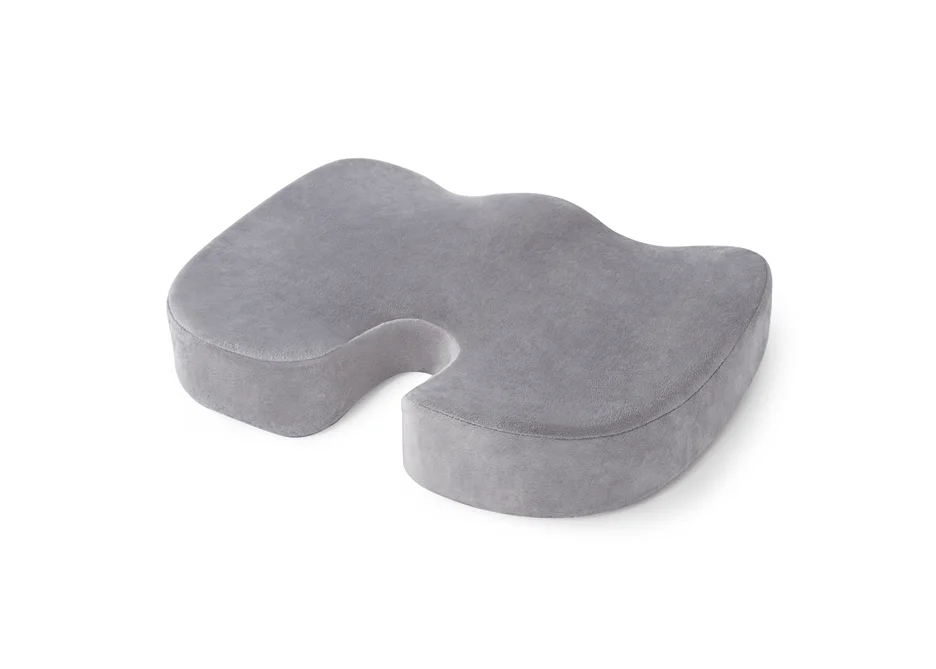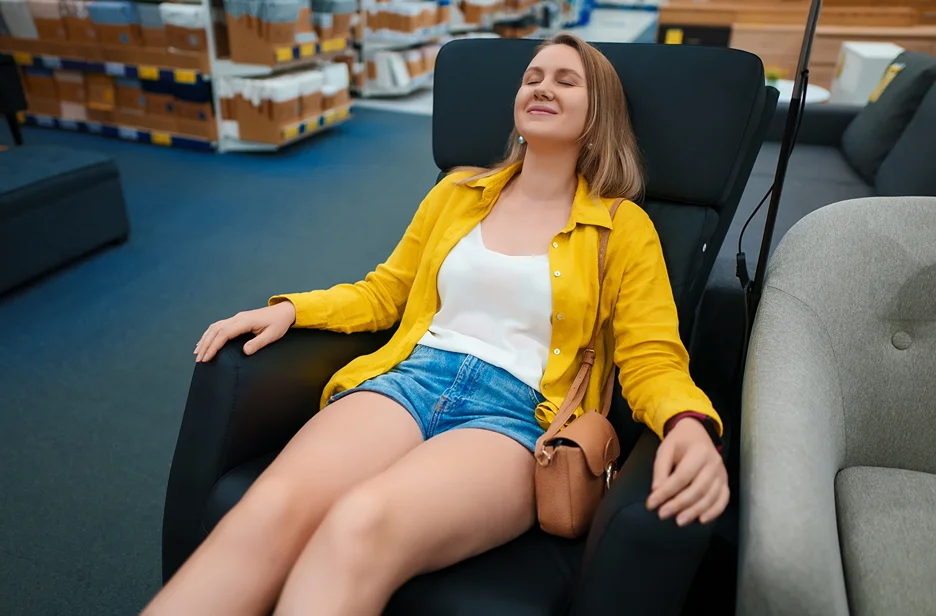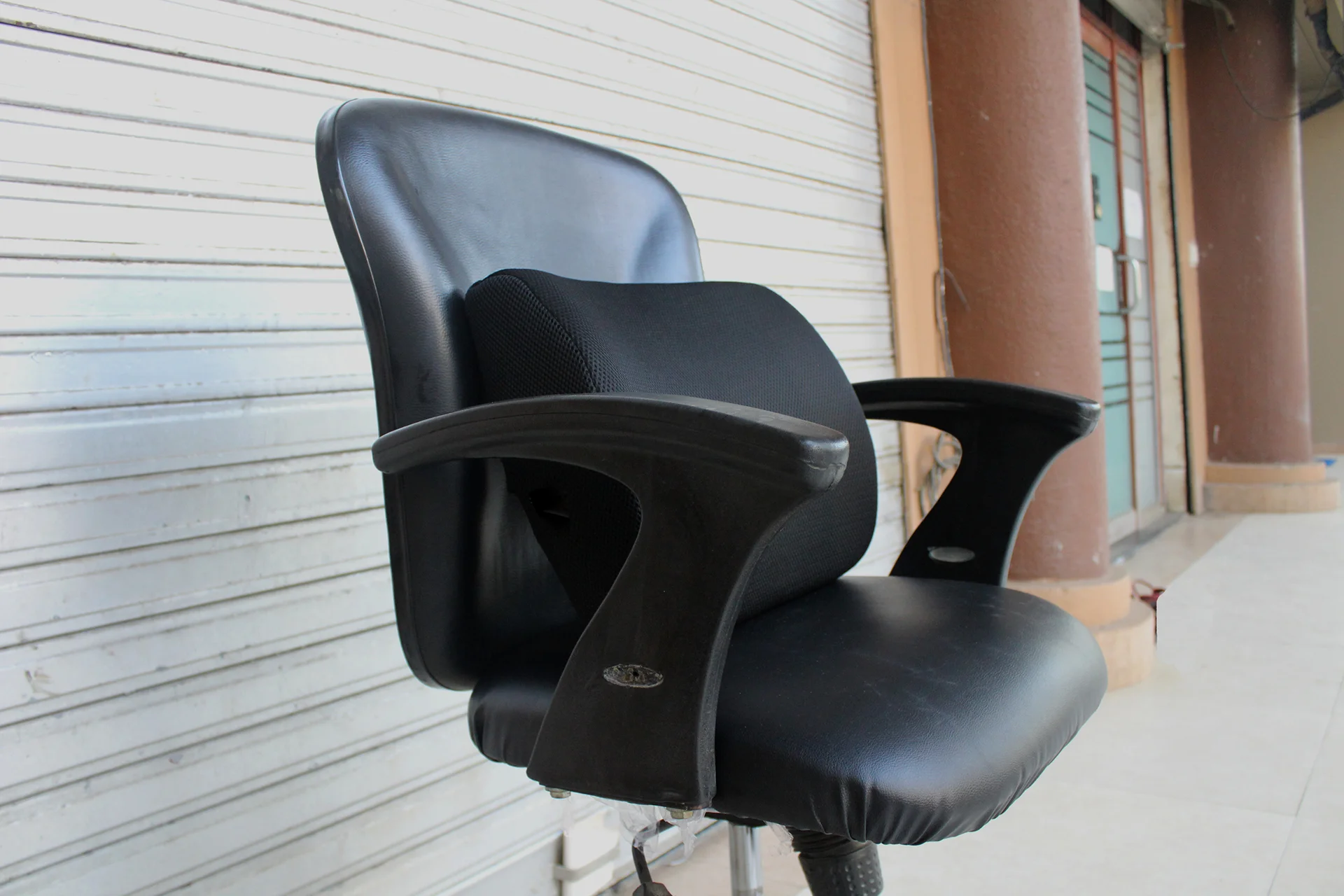Best Seat Solutions for Sciatica Relief, from Ergonomic Designs to Pressure Point Alleviation
Sitting for long periods can be torture when you have sciatica. The shooting pains down your leg make it impossible to get comfortable at your desk or around the house. While medication and physical therapy help, finding the right cushions and seats is key to alleviating the agony caused by this nerve condition.
In this article, we’ll explore the best chair cushions on the market to provide tailbone and sciatic relief. From ergonomic designs to options with special pressure point features, we’ve got your back (and butt)! Keep reading to discover cushions that will have you sitting pretty and sciatica-free once again.
Understanding Sciatica and its Challenges
Sciatica refers to radiating pain felt along the sciatic nerve, which runs from the lower back down through the hips and buttocks, and into each leg. It is often caused by a herniated or slipped disc in the spine pressing against the nerve roots. Prolonged sitting with poor posture is one of the common triggers for sciatica flare ups and increased pain. Slouching, leaning forward, or sitting on uneven surfaces like your wallet can misalign the spine and put direct pressure on the sciatic nerve.
Sciatica is caused when spinal discs press against the nerve roots, often due to a herniated or slipped disc. This can lead to inflammation and compression of the sciatic nerve, causing numbness, tingling, weakness, and radiating pain from the lower back down through the hips, buttocks, and legs.
Using a chair cushion that supports the natural curves of the lower back and elevates the pelvis can help take pressure off the nerve while sitting. The right cushion also encourages proper spinal alignment, reducing muscle tension in the back and legs.
Types of Seat Cushions

There are several types of cushions designed to meet the needs of sciatica pain relief. Some key varieties include:
Gel Seat Cushions
Gel cushions provide comfortable molding support. The gel is encased in foam or silicone and conforms to the shape of the body to distribute weight evenly. The cushioning bounce back helps avoid flattening. Gel offers cooling relief and is a good option for long sitting sessions. These cushions tend to be on the firmer side.
Memory Foam Cushions
Known for body-contouring comfort, memory foam molds to the shape of the body in response to pressure and heat. Higher density memory foam between 4-5lbs is more durable and supportive compared to the average 3lbs foam. Softer memory foams cushion pressure points but can flatten permanently over time. Memory foam works well for sciatica when it’s ergonomically shaped.
Orthopedic Cushions
Orthopedic cushions are designed to foster proper spinal alignment by promoting the natural curvature of the lower back. Many have an embedded wedge to gently tilt the pelvis forward into a neutral position, taking pressure off the sciatic nerve. These cushions provide firm support with less cushioning.
Wedge Cushions
Wedge cushions feature a sloped design, angled downward from back to front. This gentle tilt opens up the angle between the torso and thighs to reduce pressure on the lower spine and sciatic nerve. The slope places the pelvis in a neutral posture. Wedges work well for reclined sitting.
U-Shaped and Contoured Designs
U-shaped and contoured cushions cradle the natural curves of the spine, providing comfortable support for the back and promoting proper spinal alignment. The contoured shapes are also effective for coccyx (tailbone) relief by removing pressure from the base of the spine.
Coccyx Relief
Coccyx cushions are designed to remove pressure from the tailbone and relieve pain in that region. They often have a cutout or U-shaped area to avoid putting direct pressure on the coccyx while sitting. These can provide focused relief for sciatica sufferers who also experience tailbone pain.
Features to Consider for Optimal Sciatica Relief
When evaluating sciatica seat cushions, there are a number of features to consider for the greatest pain relief and comfort:
- Ergonomic Design: An ergonomic design optimizes support by mimicking the natural curves of the back and promoting proper spinal alignment. Features like lumbar support cushions and pelvic wedges can provide targeted lower back comfort.
- Material & Quality: Higher density foam between 4-5lbs offers more robust support and durability compared to the average 3lbs memory foam. Cushions made from quality memory foam that regains its shape are preferred over cheaper foam that compresses permanently. Look for removable and machine-washable covers.
- Usability Features: Contoured non-slip bottoms keep the cushion firmly in place. Cushions with smoother, broader surfaces provide stability for a wide range of body types and weights. Removable, machine-washable covers allow for easy cleaning.
- Comfort Enhancements: Cushions that mold and conform to the body shape help distribute weight away from pressure points. Cushions that offer a balance between softness and firm support prevent sagging while maintaining comfort. U-shaped cutout areas relieve pressure on the coccyx.
- Cushion height: The height of the cushion impacts spinal alignment and sciatica relief. A height that elevates the hips slightly above the knees helps maintain the natural curve of the lower back.
- Breathability: Cushions with breathable mesh covers and airflow channels reduce heat buildup during prolonged sitting sessions. This added breathability keeps the user cool and comfortable.
- Adjustability: Some cushions offer adjustable straps or attachments to allow custom placement and tilt. This adjustability enables personalization for tailored alignment and maximum sciatica relief.
Choosing the Perfect Cushion Based on Your Needs
The ideal sciatica seat cushion varies based on the main usage scenarios. Key considerations include:
| Use | Description |
| Office Chair | Look for cushions optimized for upright sitting during prolonged periods. Chairs with adjustable height allow positioning the hips above the knees. Lumbar support, breathable covers, and coccyx cutouts are beneficial office chair features. |
| Driving/Travel | When driving look for cushions that promote proper posture, such as wedges that open up the hip angle. Cushions with non-slip bottoms stay in place in the car seat. Inflatable cushions are portable for travel. Smaller, portable cushions can also be used on planes and trains. |
| Home & Leisure | For couches and casual settings, cushions that curve around the back and neck provide full support. Softer memory foams with plush covers offer relaxed comfort for gaming chairs and leisurely sitting. |
Follow any specific care instructions from the manufacturer. In general, removable, machine-washable covers allow regular cleaning. Spot clean memory foam with gentle soap and water. Allow foam to fully air dry before replacing the cover. Store the cushion so it retains its original shape. Carry wedges and portable cushions in a bag when traveling to prevent damage.
Conclusion

Finding the right sciatica seat cushion tailored to your needs and usage can provide lasting relief and improved comfort. Small adjustments like using a lumbar support cushion or ergonomic wedge can help take pressure off the sciatic nerve during sitting. Prioritizing spinal alignment and posture encourages healthy movement patterns. Investing in a quality chair cushion designed to alleviate sciatica pain promotes health and well-being over the long term.
For personalized guidance in finding the best sciatica specialist or treatment options for your needs, visit Kaly to get matched with top-rated chronic pain relief providers in your area.
